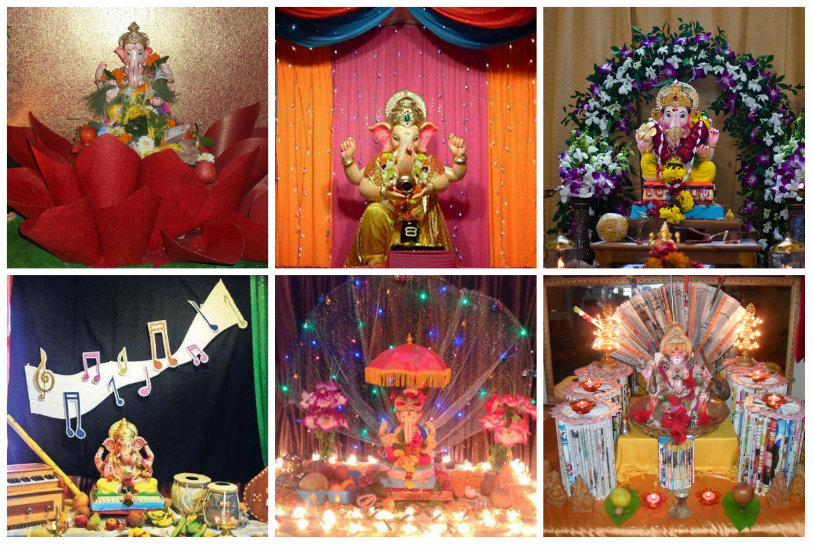Out of all the myths and beliefs surrounding the favorite festival of all Ganesh Chaturthi, the most famous is the one in which devotees of the lovable god are advised to avoid looking at the Moon during the 10 days of the festival. However, if a devotee happens to look at the moon unintentionally, reciting the story of the Syamantaka Jewel from the Puranas can help ward off trouble.


There are many such myths about the Lord Ganesha- out of which few are well known, others not so much.
Here are 5 Unknown stories about the beloved Elephant God:
1. The Brahma Vaivarta Purana narrates a unique version of Ganesha’s birth. Lord Vishnu was pleased with Goddess Parvati’s year long fast, he reincarnated himself as her and lord Shiva’s son. After this all the gods were invited to have a glimpse of their charming infant. Shani, the son of Surya, hesitated to look at the baby since he was cursed with the gaze of destruction, but at Parvati’s insistence, he did, causing the infant’s head to fall off. Then lord Vishnu rushed to the banks of the river Pushpa-Bhadra and bought back the head of a young elephant, which was joined to Ganesha’s headless body.
2. Ganesha is a combination of four beings- man, elephant, serpent and mouse. They individually and collectively have deep symbolic significance which represents human beings, eternally striving to be one with nature.
3. The head of the elephant god symbolises the aatma or the soul, which is considered the ultimate reality of humanity and his human body symbolises the trappings of the earthly existence.
4. It is believed that the sage Vyasa requested lord Ganesha to write the Mahabharata while he recited it. Ganesha then agreed to write it only if Vyasa agreed to recite it with out any interruptions. Vyasa then said Ganesha should write only if he understood everything he heard recited.
5. Lord Ganesha’s popularity is not just restricted to Hinduism alone, he appears as the Buddhist god Vinayaka in Mahayana Buddhism and is often seen dancing. He has different religious characteristics in Tibet, China and Japan. The earliest stone statue of the Elephant God in North China dates back to as early as 531 A.D.

































